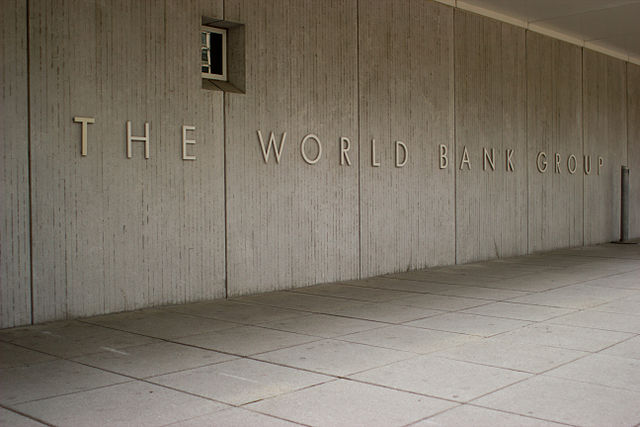The Philippines has the “strongest growth prospects” among countries in developing East Asia and the Pacific, largely due to efforts to pick up public investments, increase revenues and improve the investment climate, the World Bank said in a report.(Philstar)
In its East Asia and Pacific Economic Update, the multilateral lending institution slightly raised the economic growth forecast for the region to 6.4 percent, up one percentage point from the previous forecast in April. Projection for 2017 was retained at 6.2 percent, with growth tapering off to six percent in 2018.
Other than the Philippines, the region comprises Cambodia, China, Indonesia, Lao People’s Democratic Republic (PDR), Malaysia, Mongolia, Myanmar, Papua New Guinea, Thailand, Timor-Leste, Vietnam and Pacific Island countries. The World Bank said that while growth in the region is expected to remain resilient in the next three years, it still faces risks and countries need to take measures to reduce financial and fiscal vulnerabilities. Over the longer term, it said countries must address constraints to sustained and inclusive growth by filling infrastructure gaps, reducing malnutrition and promoting financial inclusion. “Among other large economies, prospects are strongest in the Philippines where growth is expected to accelerate to 6.4 percent this year,” the World Bank said in the report. “In the Philippines, growth will likely accelerate, reflecting fiscal stimulus, rising public investment, and strong growth in services (business process outsourcing).”
Its medium-term outlook for the Philippines remains positive, bucking the global trend, as it expects growth in the second half of the year to be buoyed by strong domestic consumption with support from improvements in public spending. The Philippines, it said, is expected to continue to benefit from strong private investment as purchases of durable equipment have been strong since the last quarter of 2015. Risks to growth include the slowdown of remittances due to the prevailing weakness in the global economy, rising food prices that may affect consumption, and lower net exports due to weaker demand in advanced economies. The bank is also keeping a close watch on the implementation of the government’s 10-point socioeconomic agenda


